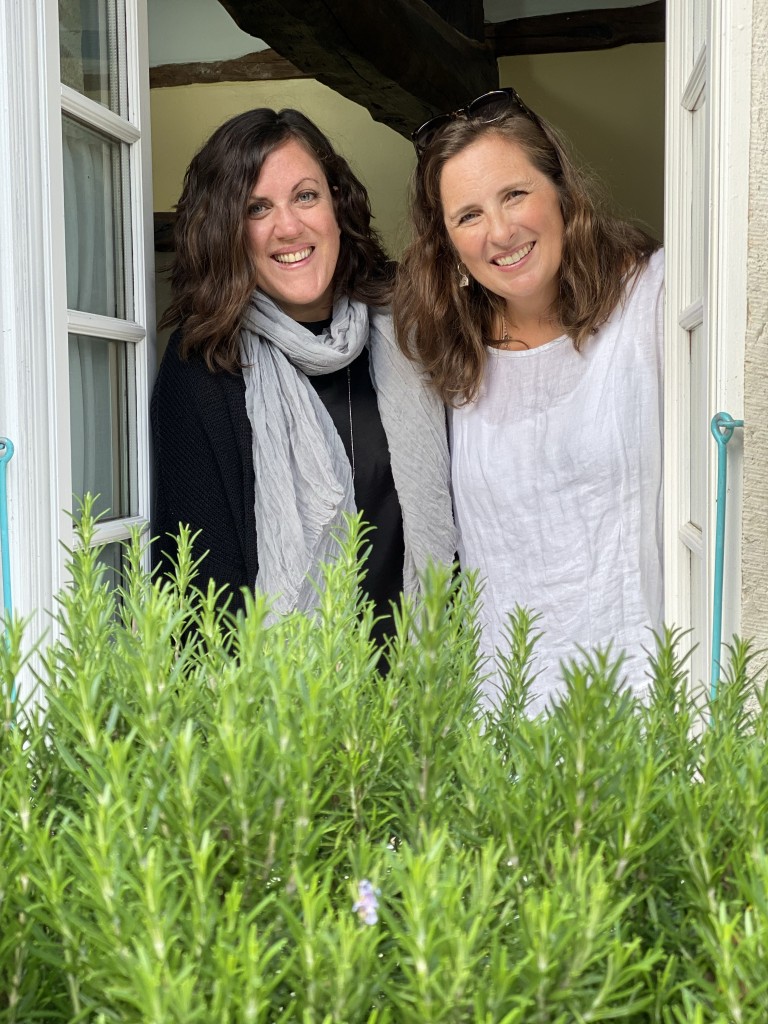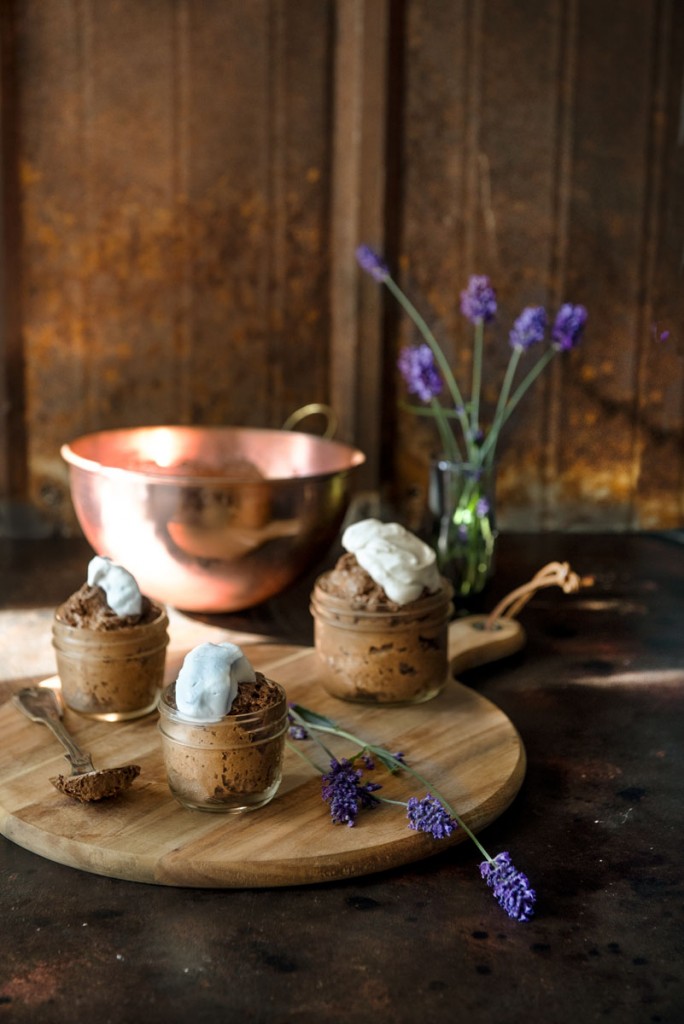A Note from the publisher
We’re living in an unprecedented moment in history, and it’s been amazing to see how people are pulling together to support one another. Here at TouchWood we’ve decided to ask our authors what has been keeping them busy during a time when we’ve all been asked to stay home to Flatten the Curve.
Meet Laura Bradbury
This is a time of great uncertainty. When we will get out of lockdown? What will it look like when we do? Nobody seems to be able to predict these things, which leaves the entire world in a state of collective limbo.
Paradoxically, I feel both incredibly vulnerable and at the same time well-equipped to deal with this crisis.
The vulnerability part has to do with my health and the fact that I received a life-saving liver transplant in March 2017 to treat a rare, auto-immune disease (PSC). Like all transplant recipients, I take immunosuppressive medication every twelve hours to keep my body from rejecting my new organ. This means, frighteningly, that I’m one of the “vulnerable” people who is more likely to have the more severe form of COVID-19.
The feeling prepared part is the mental health dimension of living through a pandemic. For that, I feel like a bit of a ninja, to be honest.
For the five years between the time I was diagnosed with PSC and when I received my transplant, uncertainty was my co-pilot. I loathed him with a passion (I always thought of uncertainty as a him, yet I never went down the rabbit hole as to why). I didn’t know if PSC would kill me before I got a transplant, or if I could indeed receive a transplant in the first place. All I could do was sit in uncertainty, waiting to get sick enough to be saved.
Along the way, I (thank god) learned a thing or two about living with uncertainty:
- Don’t expect things to be normal. The situation is legitimately stressful and bizarre. Expect things to be hard, weird, and different.
- If you can’t concentrate, you’re in good company. Stress makes everything harder, so lower those expectations for yourself waaaaaay down. C’mon, lower them even further. I know you can do it.
- Lean into things that give you pleasure, whether they be romance novels, an Avengers marathon, The Complete Works of Colin Firth, or listening to Pink Floyd’s The Wall as you lie in the patch of sunshine in the middle of the living room floor. Make yourself a zero-guilt zone.
- Limit social media. I’m failing spectacularly at this right now, but intentions count for something, right? In any case I know limiting it would be good for me.
- Meditate—even five minutes a day helps. It gives your overstimulated brain a much-needed breather and teaches you that every emotion you are experiencing will eventually pass. This is key for getting through a crisis with sanity (somewhat) intact.
- Feel no guilt about gallows humour. It’s a valid and effective coping mechanism. (But maybe don’t share on social media because…you know…other people).
- Keep your books, movies, and TV light. Think Friends reruns vs. Contagion—unless you are one of those rare people who find something scary actually helps, in which case knock yourself out—and Bridget Jones’s Diary vs. War & Peace.
- Expect more sleepiness/fatigue. This is how our bodies process stress and uncertainty. Train in napping like you would at CrossFit.
- Get outside, especially right now in this glorious sunshine. Garden, walk, just sit and listen to the birds. Nothing is as restorative for your body or brain.
- Try creating something, if you have the urge. This could be a painting, a macramé plant hanger, a poem, a patch of garden, or a new song on your ukulele. There is nothing more empowering in a disempowering situation like a pandemic than making something where there was nothing before. Try it. You’ll see.
- Know that this situation will change—no state is permanent. It’s human nature to think our present is our future, but it isn’t.
For me, as a writer, my life has not changed all that much in isolation. I am so grateful to have my storytelling to escape to every day, and in fact I published a new book in my Grape Series last week (My Grape Québec) and am currently working on the second book in my fictional Winemaker’s Trilogy.
 My Grape Series is the inspiration for the upcoming cookbook, entitled Bisous & Brioche, I’m co-authoring with Rebecca Wellman. It will be published by TouchWood this fall. I always find it a balm to my soul to escape to my Grape Series world, which I created during the years of uncertainty as I awaited my transplant.
My Grape Series is the inspiration for the upcoming cookbook, entitled Bisous & Brioche, I’m co-authoring with Rebecca Wellman. It will be published by TouchWood this fall. I always find it a balm to my soul to escape to my Grape Series world, which I created during the years of uncertainty as I awaited my transplant.
I feel incredibly thankful my co-author and photographer Rebecca and I got to France in October for our research and photography trip for Bisous & Brioche, well before we’d ever even heard of COVID-19. We had an absolutely stellar time and I think that comes through in our cookbook. Right now, we’re finalizing cover design and these moments of creating help me stay centred and enthusiastic about life.
I’m definitely cooking and baking even more than usual. All three of my daughters are isolating with us and the older two (18 and 20) are eager to learn new recipes and improve their cooking skills. I sure wish I had a finished copy of the book right now for them to cook from!
Eating has become an event—a high point in our days—so I thought I’d provide you with one of my favourite French recipes, very much in keeping with the ones in Bisous & Brioche. It’s for all my fellow chocolate-lovers out there, and comes from my French husband’s indomitable grandmother, Mémé.
I figure that if chocolate is effective for warding off the Dementors, it’s probably handy in a pandemic as well. Here’s Mémé’s chocolate mousse…
Mémé‘s Chocolate Mousse
Excerpted: Bisous and Brioche
 This isn’t strictly speaking Mémé’s recipe. Let me explain. . .
This isn’t strictly speaking Mémé’s recipe. Let me explain. . .
Mémé must have shown me how to make chocolate mousse like she did over twenty times, but I screwed it up more often than I can count. Maybe I’m overly suspicious, but I am convinced to this day that she left out an ingredient or a step when she taught me. One time after Mémé tasted one of my botched attempts (I didn’t know I had to wait for the chocolate to cool, so I essentially cooked the egg yolks), she patted my shoulder and said, “Don’t worry, Laura, ma belle. You’re very academic. Not everybody is cut out to be a cook.” As far as I know, she only passed down her actual, complete recipes to Franck and his mom. . . and I’m not so sure about the recipes Franck’s mom got. As for me, I received the incomplete, granddaughter-in-law version.
I finally searched around for other recipes, and was given this one by my neighbor in Villers, Mme Fribourg. It looks tricky, but in fact all it takes is a bit of patience. It’s also the closest to Mémé’s mousse I have ever been able to make. I still feel this recipe has to be named after her, though, because she will be forever connected with chocolate mousse for me. She made the absolute best, and she would make it especially for me because she knew it was my favorite dessert. This, of course, is how I knew she loved me, despite her mischeviousness.
Ingredients
- 7 oz (about 1½ cups) good-quality semisweet baking chocolate
- 6 large eggs
- 3/4 cup whipping cream
- 1 tsp pure vanilla extract
- 1 tsp icing sugar
Method
Chop the chocolate into chunks and place them in a glass or metal bowl that fits into a medium-sized pot. Fill a medium pot halfway with water and place it over medium-high heat. Place the bowl with the chocolate on top. Bring the water to a gentle boil. Stir the chocolate until it just melts, remove the bowl from the pot, and stir the chocolate until smooth and shiny. Set aside to cool. (Alternatively, melt the chocolate for 1 minute in the microwave, then for an additional 15–20 seconds at a time until it is just barely melted. Stir until shiny and smooth.)
Separate the eggs. Place all the yolks in one medium-sized bowl and all the whites in another.
Add a pinch of fine sea salt to the egg whites, then, using a handheld or a stand mixer, beat them until they form stiff, shiny peaks, 3–5 minutes. Set aside.
Lightly whisk the egg yolks. Pour the cooled, melted chocolate slowly over them, whisking vigorously by hand the whole time.
Very gently, incorporate one third of the stiff egg whites into the chocolate and yolk mixture with a wide spatula, lifting and turning from bottom to top rather than beating it in. Incorporate the remaining egg whites.
Leave the mousse in the mixing bowl for a family-style dessert or spoon it into individual ramekins. Chill in the fridge, covered, for at least 1 hour before serving.
While the mousse is chilling, beat the cream and vanilla with the icing sugar until fluffy and stiff peaks form. Serve with the chocolate mousse.

